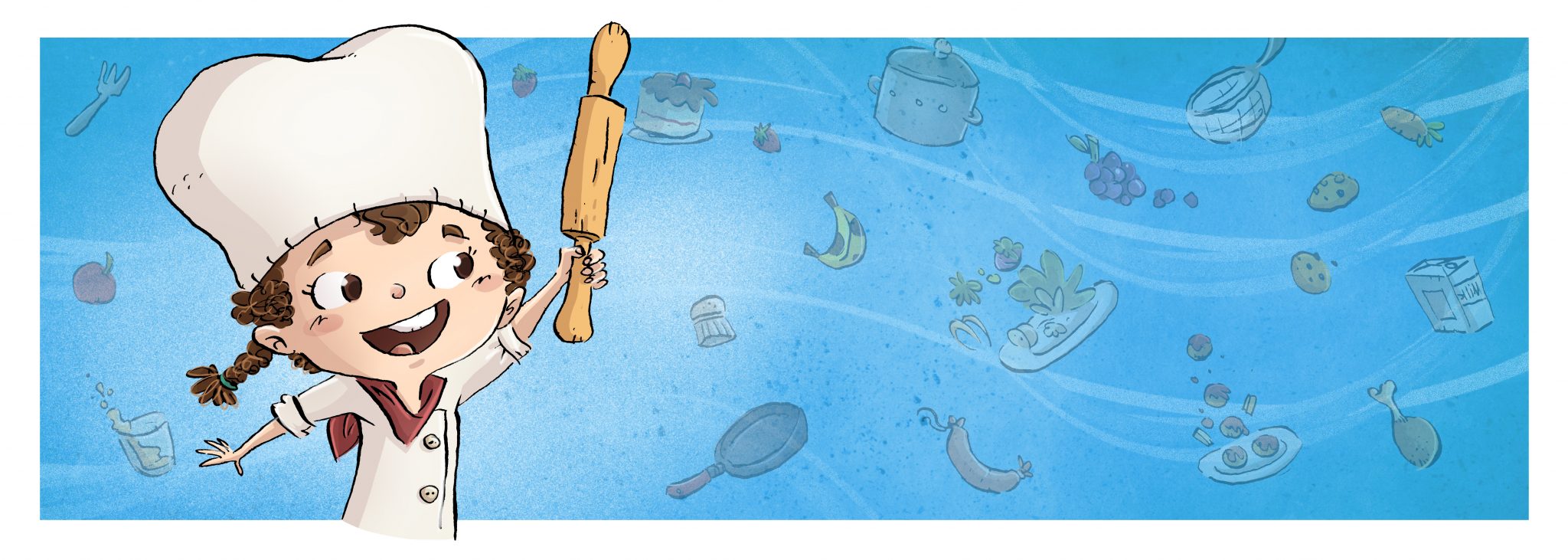Author: cheqdin
Published Date: December 20, 2018
Healthy. Tasty. Practical. Cost-Effective. There are quite a few boxes for nurseries to tick when crafting a meal plan for the fussy little eaters.
From the portion size to food safety, here are a few pointers to consider when planning the toddler menu for your nursery.
1. Follow the 5-5-3-2 Rule
As the British Nutrition Foundation advises, an ideal menu plan for toddlers should include five meals a day (split into three main meals and two snacks). To ensure the little bundles of energy get their nutritional requirement through the day, try to keep their meals balanced with adequate servings from the four main food groups.
The 5-5-3-2 guideline is a simple rule of thumb you can follow to decide on the proportions of food from each category for each meal.
Starchy food X 5 portions/day
Fruits and Vegetables X 5 portions/day
DairyX 3 portions/day
ProteinX 2 portions/day
Wondering how to measure out the portions? Here are a few examples of toddler portions from the major food groups:
| Starchy food |
Fruits and Vegetables |
Dairy |
Protein |
| Breakfast Cereal – 3-5 tablespoons |
Vegetable Sticks – 2-6 |
Milk -100 ml |
Cooked minced meat – 2-4 tablespoons |
| Bread/ Toast – ½ -1 slice |
Apple -1/4 to 1/2 |
Cheese – 1 triangle |
Lentils/ baked beans – 2-3 tablespoons |
| Cooked pasta/ rice – 2-4 tablespoons |
Raisins -1/2 -2 tablespoons |
Yoghurt – 125 ml (1 pot) |
Fish fingers – 1-2 |
| Rice/Oat Cakes -1-2 |
Peas -1/2 – 2 tablespoons |
Yoghurt tubes – 2 small |
Butter/ Peanut-butter on a slice of toast |
Check out the Example Menus for Early Years from Gov.UK for more detailed guidelines and a variety of sample meal plans and recipes for toddlers. You can also download our free menu planner template to help you with the planning.
2. Go for seasonal ingredients
Unless you have plans to grow your own fruits and vegetables, It’s best to go for seasonal produce as they tend to be more flavoursome and cheaper when in season. Shopping from local markets is also a good idea to get the little ones involved and to find the best deals.
3. Cut them right
Choking hazard is a major food and safety risk to consider when deciding on the plating for infants and toddlers. The smooth and slippery texture of food like sausages, grapes and cherry tomatoes can cause them to completely plug a child’s airway and can be quite difficult to dislodge even with first-aid manoeuvres. So make sure you cut up grapes and sausages (lengthwise) into strips rather than chunks and remove the skin when offering them to under-twos.
4. Read the food labels
Though cooking from scratch is the best way to cut down the amount of salt, sugar and saturated fat in food, it might not always be possible to do so when you are running a busy childcare centre. When you do buy canned and pre-packaged food, make sure you read the labels, the list of ingredients and of course the ‘use by’ and ‘best before’ dates to ensure quality and minimise wastage. As obvious as this might sound, reading labels carefully is often overlooked when buying ingredients in bulk - resulting in unwanted wastage and additional costs.


